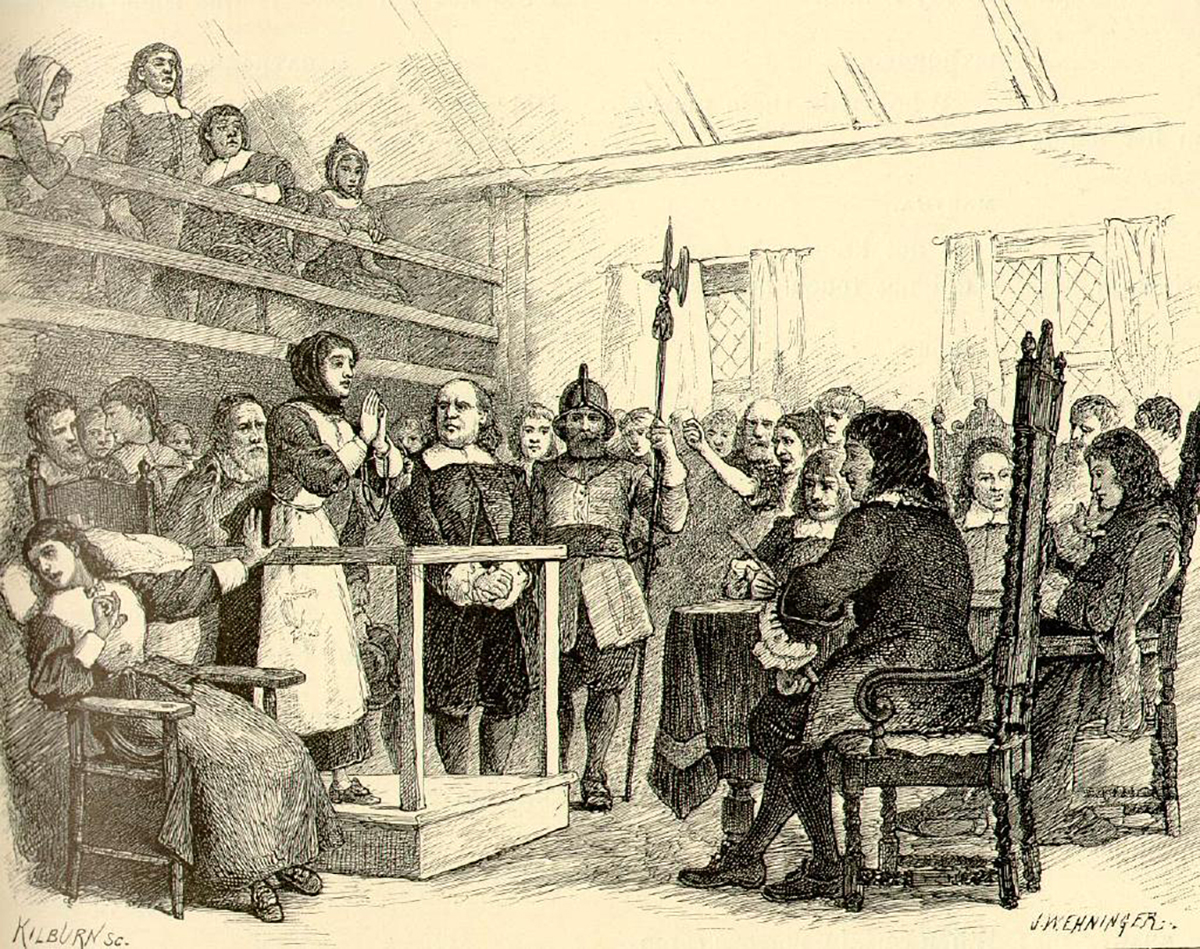Salem Witch Trials: When, Why, and How Many Victims

In colonial Salem Village Massachusetts 1962, a group of young girls became afflicted by violent contortions and uncontrollable bouts of screaming.
They soon accused several local women of witchcraft, which rapidly spread religious-inspired hysteria throughout the colony, pitting neighbor against neighbor as long-simmering jealousies and resentments were given a thinly-veiled outlet for revenge.
When Were the Salem Witch Trials?
The Salem Witch Trials were in the spring of 1962.
Rooted as far back as 14th century Europe, colonial Puritans believed that the devil gave his disciples vast powers to harm others in exchange for continued loyalty, which in 1692 Massachusetts gained added traction after a recent British war with the French fought mainly on colonial soil, a recent smallpox epidemic, ongoing fears of attacks from increasingly-hostile Indians and a longstanding rivalry with the more affluent community of Salem Town.
After a witch trial court was convened, a homeless beggar named Sarah Good and a Caribbean slave name Tituba were brought to trial, along with a poor elderly woman named Sarah Osborn.
While the young accusers writhed and contorted and screamed in court, Good and Osborn denied their guilt, while Tituba confessed, intimating that many others in the community practiced devil-worshipping witchcraft. The finger-pointing quickly snowballed into a maudlin display of false accusations and subjective here-say, which saw more than 200 Colonials accused of witchcraft.
How Many People Died in the Salem Witch Trials?
Nineteen of the accused would be hanged by the neck, while five others died in prison.
After the mass hysteria had worked its way through, respected minister Cotton Mather warned of the dubious value of spectral or circumstantial evidence, while his father, Increase Mather, president of Harvard College, later joined his son in urging that the standards of evidence for witchcraft must be equal to those for any other crime.
In 1976, a study published in Science Magazine cited the potentially hallucinogenic fungus ergot (erguht), sometimes found in rye, wheat and other cereal grains, may have been the underlying cause of the young girls and their odd, spasmodic behavior, making them the original turn on, tune in and drop out generation.
